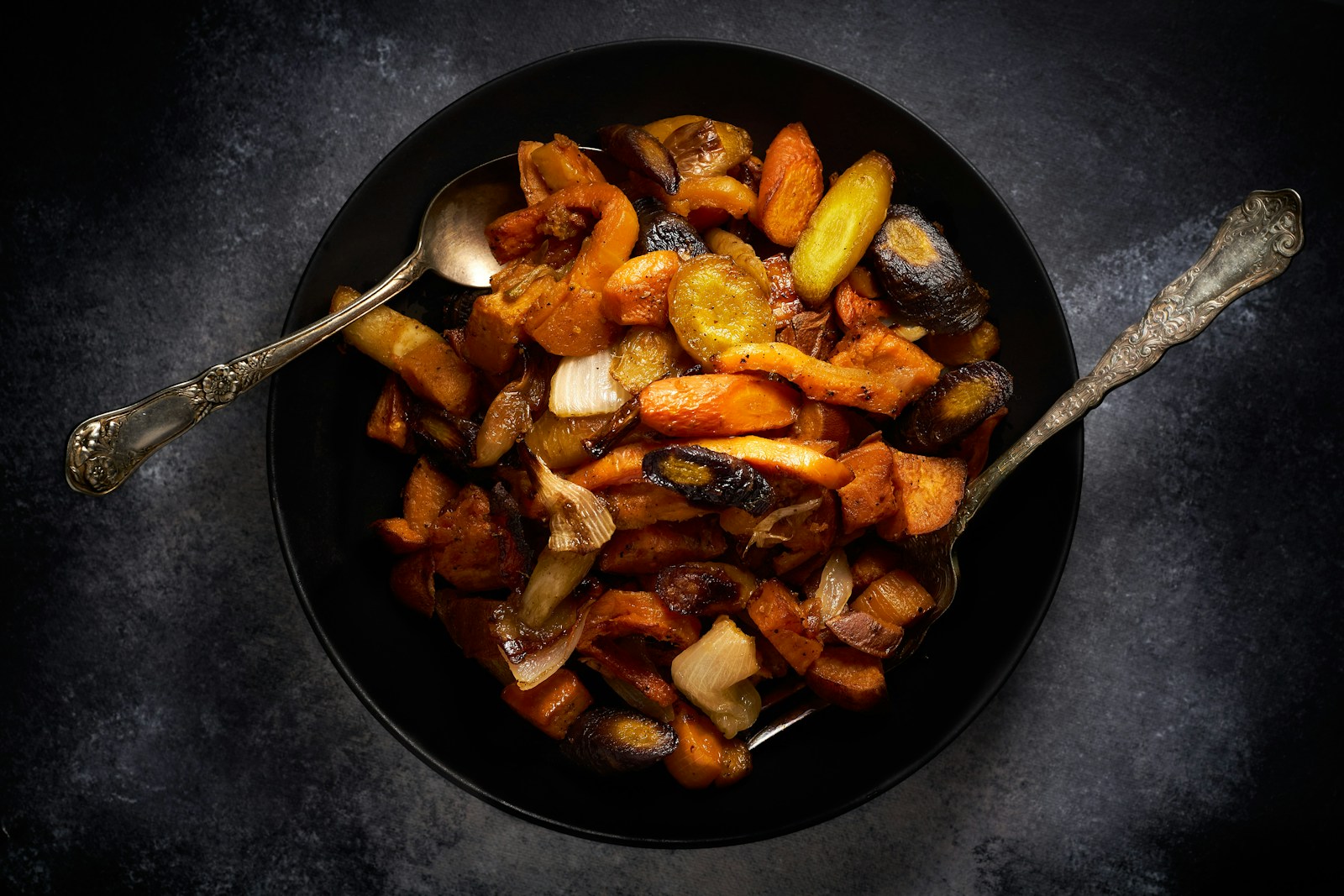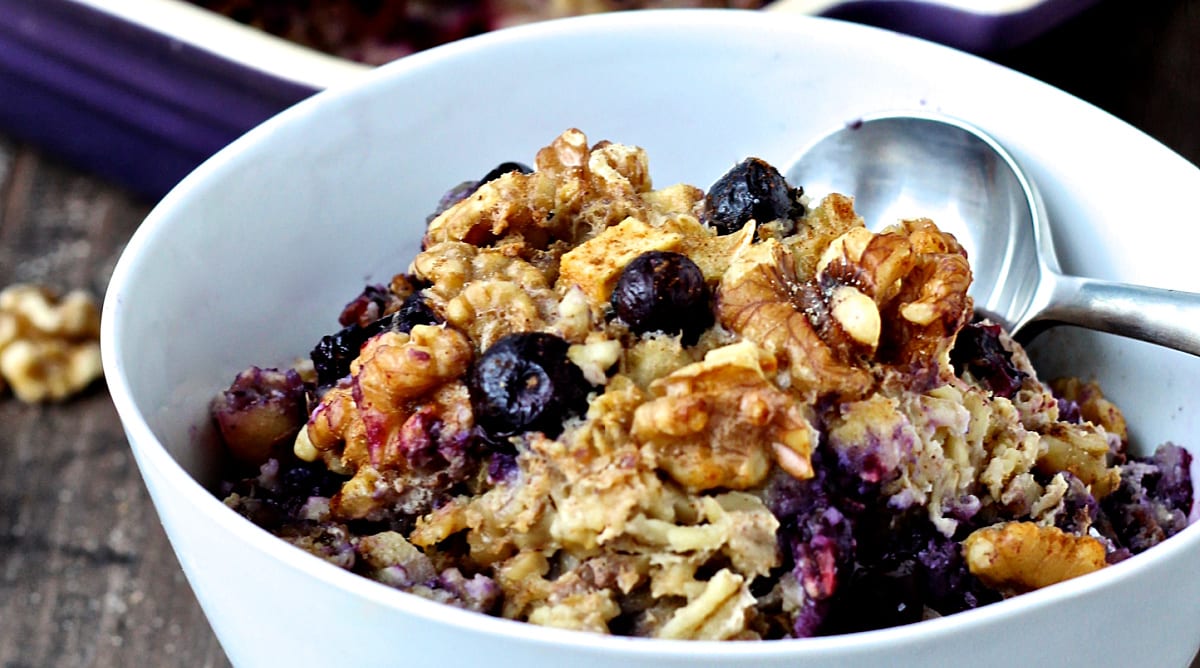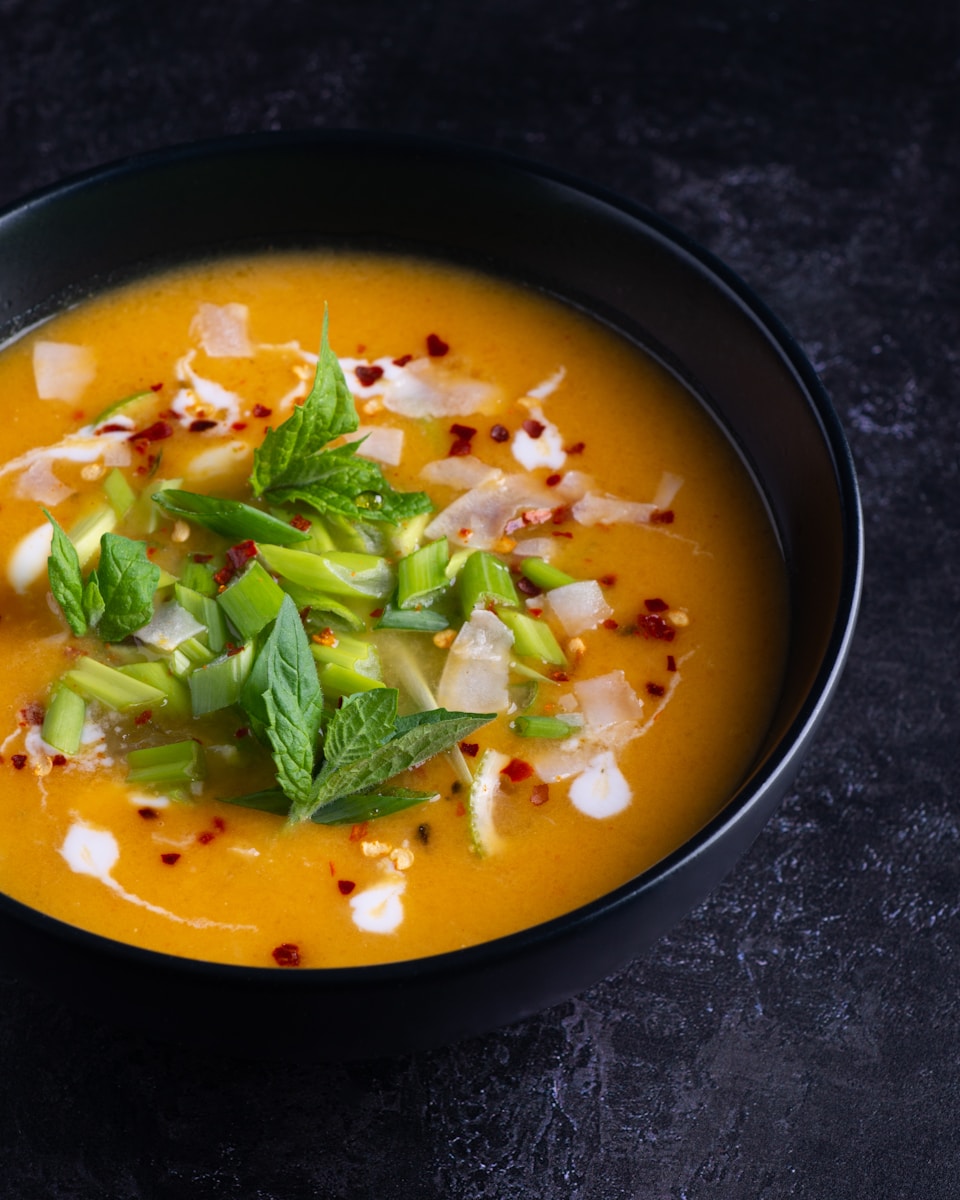The Key to Seasonal Wellness
A well-balanced vegan diet ensures you get the right mix of carbohydrates, proteins, and fats to support energy, strength, and overall health. In fall, the abundance of seasonal produce makes it easy to create meals that are as nutritious as they are delicious. This guide will help you balance macronutrients for optimal wellness during the cooler months.
Understanding Macronutrients
Carbohydrates
Carbs are the body’s primary energy source and should make up a significant portion of your diet. Complex carbohydrates provide sustained energy and are abundant in fall staples such as:
- Sweet potatoes
- Winter squash
- Whole grains like quinoa and brown rice
Proteins
Protein is essential for muscle repair and immune health. In fall, incorporate protein-rich options such as:
- Lentils and chickpeas
- Tofu and tempeh
- Nuts and seeds, particularly pumpkin seeds
Fats
Healthy fats are critical for brain function and nutrient absorption. Great vegan sources include:
- Avocado
- Olive oil
- Walnuts and hemp seeds
Building Balanced Fall Meals
To create balanced vegan meals, aim for:
- 50% carbohydrates: Fill half your plate with seasonal vegetables and whole grains.
- 25% protein: Add plant-based proteins like beans, tofu, or tempeh.
- 25% fats: Use nuts, seeds, or avocado as toppings or mix olive oil into dressings.
Fall Meal Ideas
1. Sweet Potato and Lentil Curry
A comforting dish combining carbs, protein, and fats. Pair it with a side of quinoa for added fiber.
2. Kale and Tofu Grain Bowl
Top cooked farro or brown rice with sautéed kale, baked tofu, and a drizzle of tahini.
3. Roasted Veggie Platter with Pumpkin Seeds
Roast Brussels sprouts, carrots, and squash, then sprinkle with pumpkin seeds for a nutrient-dense side.
Tips for Staying Balanced
- Meal Prep: Plan and prepare meals ahead of time to ensure macronutrient balance.
- Portion Control: Adjust portions based on activity levels to meet energy needs.
- Monitor Progress: Listen to your body and adjust your diet as needed.



